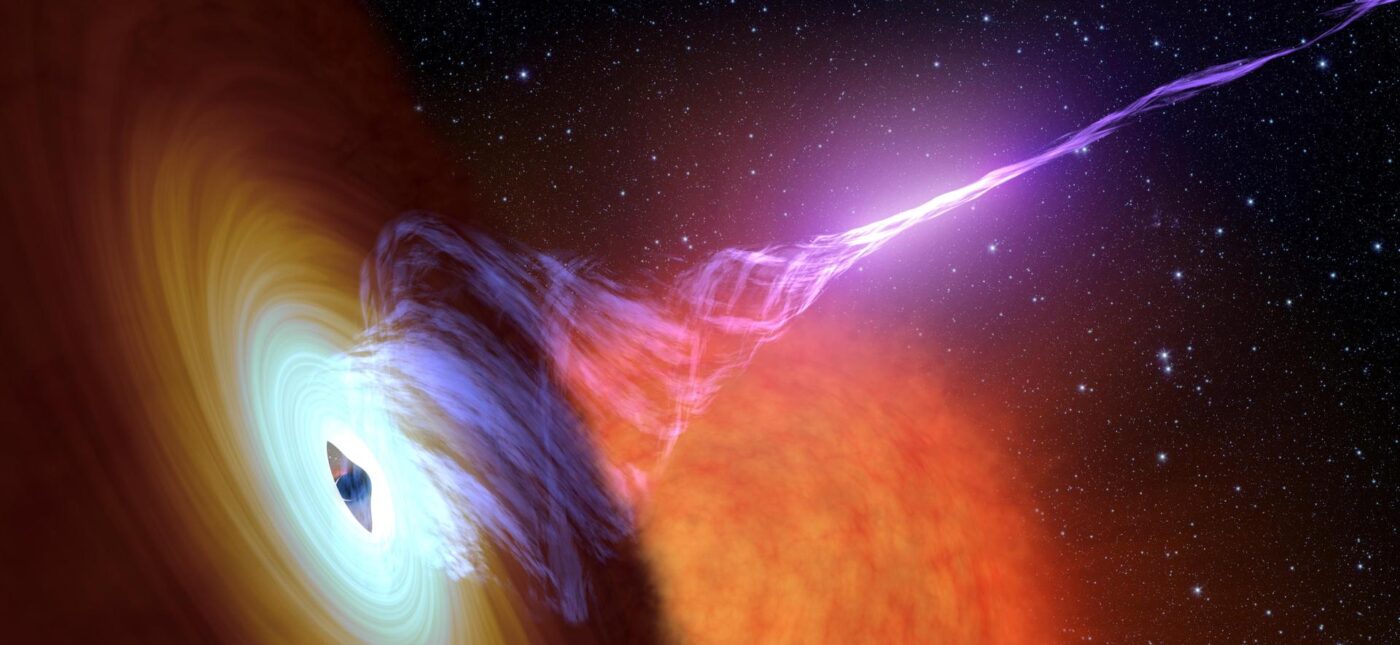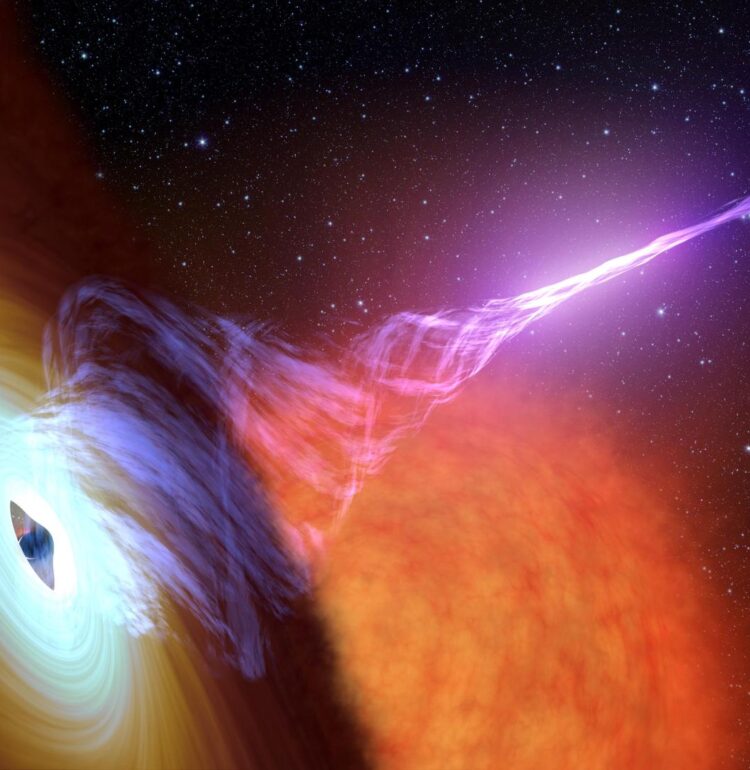What’s happening just outside a black hole? Neil deGrasse Tyson and co-host Gary O’Reilly travel to Oxford University to explore the mysterious universe of black holes, their accretion disks, and the impact they have on the world around them with astrophysicist Steve Balbus and theoretical physicist Andy Mummery.




